Sreeram Kannan: Building the Trust Layer for Ethereum
Despite the controversies, EigenLayer remains at the core of Ethereum's evolution.
Despite the controversy, EigenLayer remains at the core of Ethereum's evolution.
Written by: Thejaswini M A
Translated by: Block unicorn
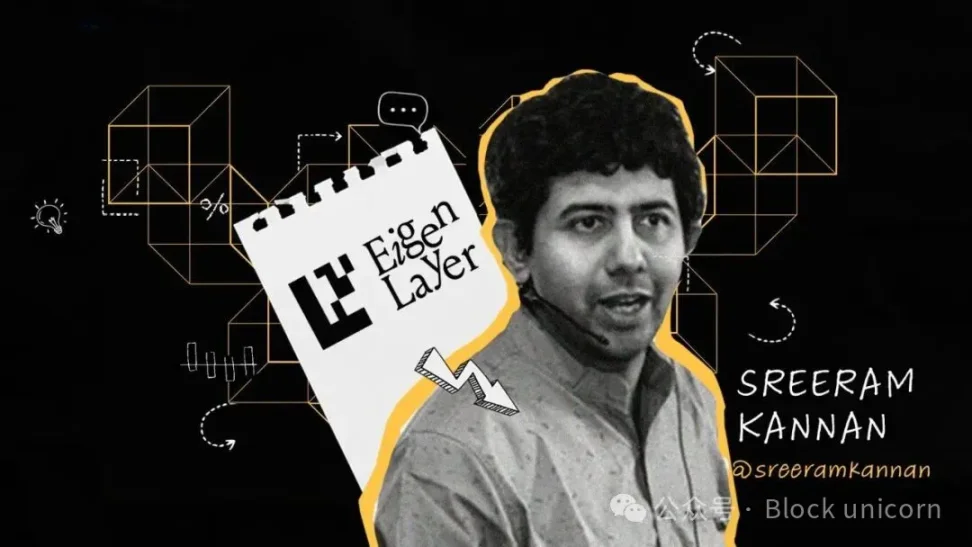
Preface
The interviewer from Caltech leaned forward and posed an intriguing question.
“Suppose I give you unlimited resources, unlimited talent, and 30 years. You lock yourself in a lab like a hermit. After 30 years, you come out and tell me what you’ve invented. What would you create?”
Kannan, a postdoctoral researcher applying for a faculty position at the time, was stunned. His mind went blank. The question required him to think without limits, on a scale he had never attempted before. For years, he had been solving problems in computational genomics, advancing step by step on the foundation of existing knowledge. But this question had no restrictions. No budget constraints. No time pressure. No shortage of talent.
There was only one requirement: What would you build if there were no obstacles?
“I was completely shocked by the breadth of the question,” Kannan recalled. The degree of freedom terrified him. He didn’t get the Caltech position. But the question planted a seed in his mind, which later grew into one of Ethereum’s most controversial innovations—EigenLayer.
However, the journey from the Caltech interview room to running a multi-billion dollar crypto company required Kannan to answer this 30-year question at three different stages, and at each new stage, his answer changed.
Academic Journey and Transformation
Kannan grew up in Chennai, southern India, where pure mathematics sparked his imagination early on. He stayed in India for his undergraduate studies at Guindy College of Engineering and participated in the development of India’s first student-designed microsatellite, ANUSAT. This project piqued his interest in complex systems and coordination problems.
In 2008, he came to the United States with only $40. He studied telecommunications engineering at the Indian Institute of Science in Bangalore, then earned a master’s in mathematics and a PhD in electrical and computer engineering at the University of Illinois Urbana-Champaign.
His doctoral research focused on network information theory—how information flows through networks of nodes. He spent six years solving long-standing problems in the field. When he finally cracked them, only about twenty people in his subfield noticed. No one else cared.
Disappointment led to reflection. He had been pursuing curiosity and intellectual beauty, not impact. If you don’t deliberately pursue it, you can’t expect real-world change to appear randomly as a byproduct.
He drew a two-dimensional graph. The X-axis represented technical depth, the Y-axis represented impact. His work landed squarely in the high-depth, low-impact quadrant. It was time to move on.
In 2012, he attended a lecture on synthetic genomics by Craig Venter, one of the founders of the Human Genome Project. The field was creating new species, discussing building biological robots instead of mechanical ones. Why waste time optimizing download speeds when you could reprogram life itself?
He completely shifted to computational genomics, focusing on it during his postdoctoral research at Berkeley and Stanford. He studied DNA sequencing algorithms and built mathematical models to understand gene structures.
Then, artificial intelligence caught him off guard. A student proposed using AI to solve DNA sequencing problems. Kannan refused. How could his carefully crafted mathematical models be surpassed by neural networks? The student built the model anyway. Two weeks later, AI crushed Kannan’s best benchmarks.
This sent a message: within ten years, AI would replace all his mathematical algorithms. Everything his career depended on would become obsolete.
He faced a choice: dive deep into AI-driven biology, or try a new direction. Ultimately, he chose the new path.
From Buffalo to Earth
The Caltech question kept haunting him. Not because he couldn’t answer it, but because he had never thought that way before. Most people work incrementally. You have X capabilities, you try to build X incremental improvements. Small enhancements on top of what already exists.
The 30-year question required a completely different mindset. It asked you to imagine a destination without worrying about the path.
In 2014, after joining the University of Washington as an assistant professor, Kannan set his first 30-year project: decoding how information is stored in living systems. He gathered collaborators and made progress. Everything seemed on track.
Then in 2017, his PhD advisor called to talk about bitcoin. It had throughput and latency issues—exactly what Kannan had studied during his doctorate.
His first reaction? Why would he give up genomics for “wildly speculative nonsense”?
The technical fit was obvious, but it seemed far from his grand vision. Then he reread Yuval Noah Harari’s “Sapiens.” One point struck him: humans are special not because we innovate or are smart, but because we can coordinate at scale.
Coordination requires trust. The internet connects billions, but leaves a gap. It enables instant communication across continents, but provides no mechanism to ensure people keep their promises. Email can deliver a promise in milliseconds, but fulfilling that promise still requires lawyers, contracts, and centralized institutions.
Blockchain fills that gap. They are not just databases or digital currencies, but engines that turn promises into code execution. For the first time, strangers can enter binding agreements without relying on banks, governments, or platforms. The code itself enforces accountability.
This became Kannan’s new 30-year goal: to build a coordination engine for humanity.
But here, Kannan learned something many academics overlook. Having a 30-year vision doesn’t mean you can jump straight to 30 years. You have to earn leverage to tackle bigger problems.
It takes a million times more energy to move the Earth than to move a buffalo. If you want to eventually move the Earth, you can’t just declare the goal and expect resources to appear. According to Kannan, you have to move a buffalo first. Then maybe a car. Then a building. Then a city. Each success earns you bigger chips for the next challenge.
The world is designed this way for a reason. Giving someone who’s never moved a buffalo the power to move the Earth could blow up the whole world. Incremental leverage prevents catastrophic failure.
Kannan’s first attempt at moving a buffalo was a project called Trifecta. It was a high-throughput blockchain he built with two other professors. They proposed a blockchain capable of 100,000 transactions per second. But no one funded it.
Why? Because no one needed it. The team optimized the technology but didn’t understand market incentives or have clear customers. They hired people who thought the same way—all PhDs solving theoretical problems.
Trifecta failed. Kannan returned to academia and research.
Then he tried again, creating an NFT marketplace called Arctics. He had been an advisor to Dapper Labs (which runs NBA Top Shot). The NFT space seemed promising. But while building the marketplace, he kept running into infrastructure problems. How to get reliable price oracles for NFTs? How to bridge NFTs across chains? How to run different execution environments?
This marketplace also failed. He didn’t understand the mindset of NFT traders. If you’re not your own customer, you can’t build meaningful products.
Every problem needed the same thing: a trust network.
Should he build an oracle? A bridge? Or should he build the meta-thing that solves all these problems—the trust network itself?
This he understood. He was exactly the kind of person who would build oracles or bridges. He could be his own customer.
In July 2021, Kannan founded Eigen Labs. The name comes from the German word for “own,” meaning anyone can build what they want. The core idea is open innovation through shared security.
The technical innovation is “restaking.” Ethereum validators lock up ETH to secure the network. What if they could use these assets to secure other protocols at the same time? New blockchains or services wouldn’t need to build their own security from scratch—they could borrow Ethereum’s established validator set.
Kannan pitched this idea to a16z five times before getting funded. One early pitch was memorable for the wrong reasons. Kannan wanted to build on Cardano because it had a $80 billion market cap but no usable smart contracts. An a16z partner took the call outside a Solana conference. Their reaction: This is interesting. Why Cardano?
The feedback forced Kannan to think about focus. Startups are exponential games. You want to turn linear work into exponential impact. If you think you have three exponential ideas, you probably have none. You need to pick the one with the highest exponent and go all in.
He refocused on Ethereum. The decision proved right. By 2023, EigenLayer had raised over $100 million from firms including Andreessen Horowitz. The protocol launched in phases, with total value locked peaking at $20 billion.
Developers began building “Actively Validated Services” (AVS) on EigenLayer, from data availability layers to AI inference networks, each able to leverage Ethereum’s security pool without building validators from scratch.
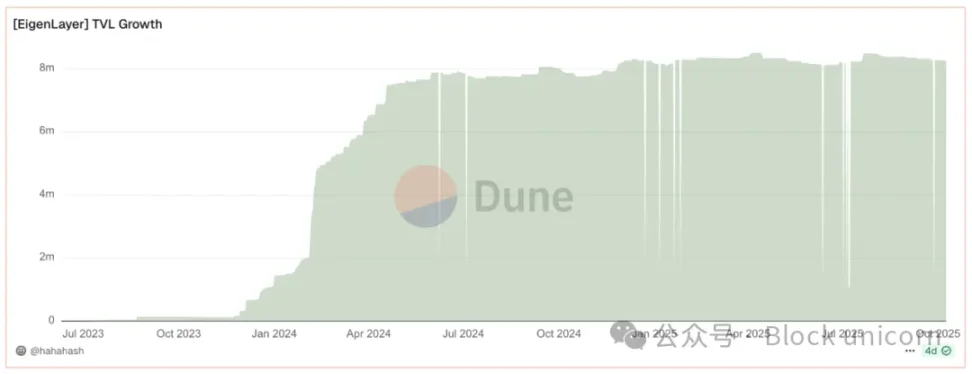
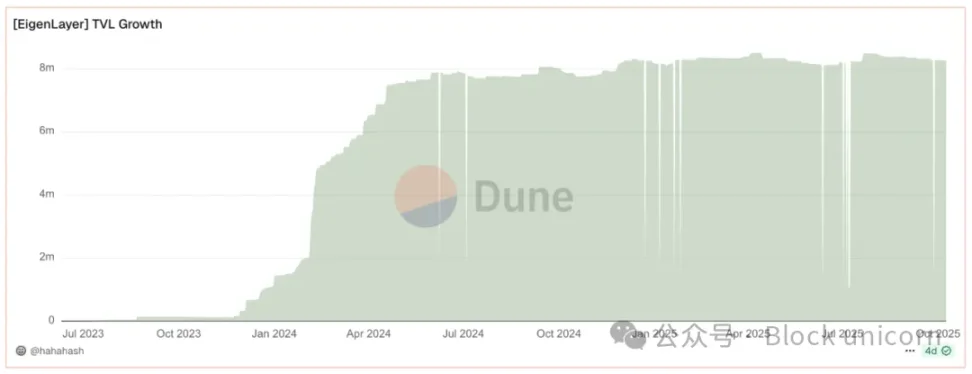
However, success also brought scrutiny. In April 2024, EigenLayer announced its EIGEN token distribution, which triggered a strong backlash.
The airdrop locked tokens for months, preventing recipients from selling. Geographic restrictions excluded users from jurisdictions such as the US, Canada, and China. Many early participants (who had deposited billions of dollars) felt the distribution favored insiders over community members.
This reaction caught Kannan off guard. The protocol’s total value locked plummeted by $351 million as users withdrew funds in protest. The controversy exposed a gap between Kannan’s academic mindset and the expectations of the crypto world.
Next came a conflict of interest scandal. In August 2024, CoinDesk reported that Eigen Labs employees had received nearly $5 million in airdrops from projects built on EigenLayer. Employees collectively claimed hundreds of thousands of tokens from projects like EtherFi, Renzo, and Altlayer. At least one project, under pressure, included employees in its distribution.
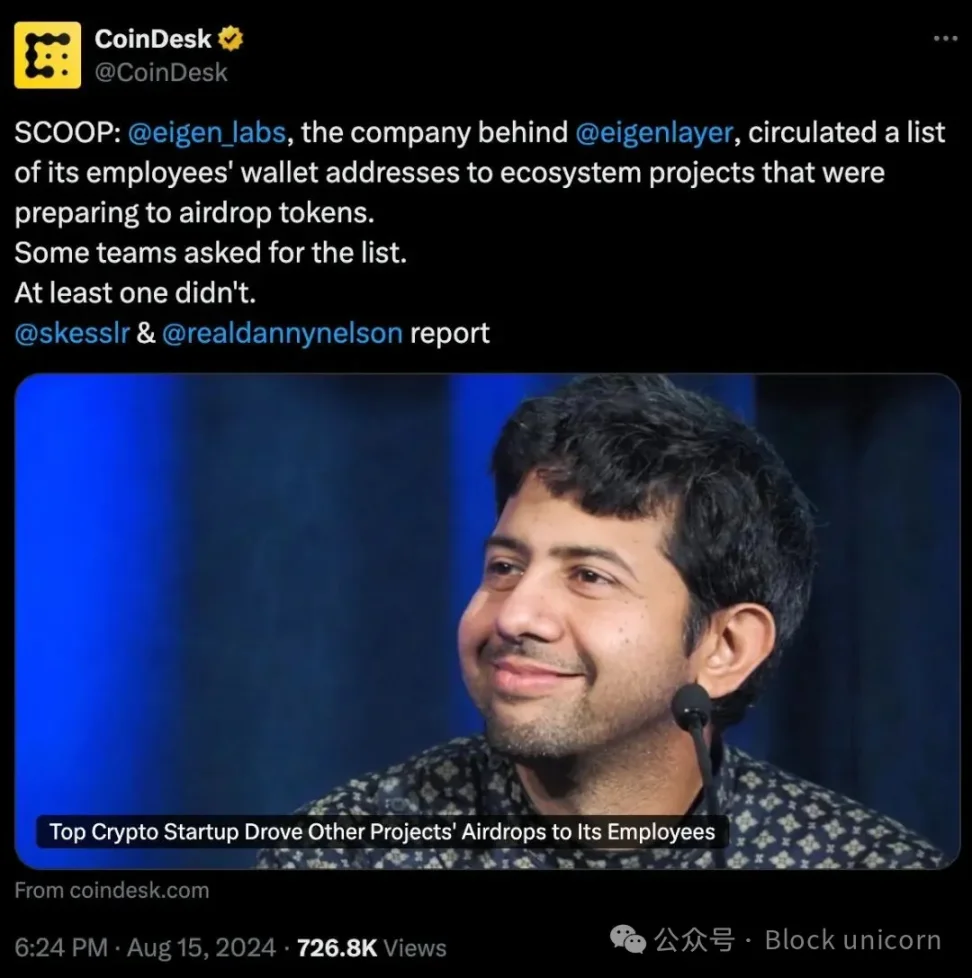
This revelation triggered accusations that EigenLayer was compromising its “credible neutrality,” using its influence to reward projects that airdropped tokens to employees.
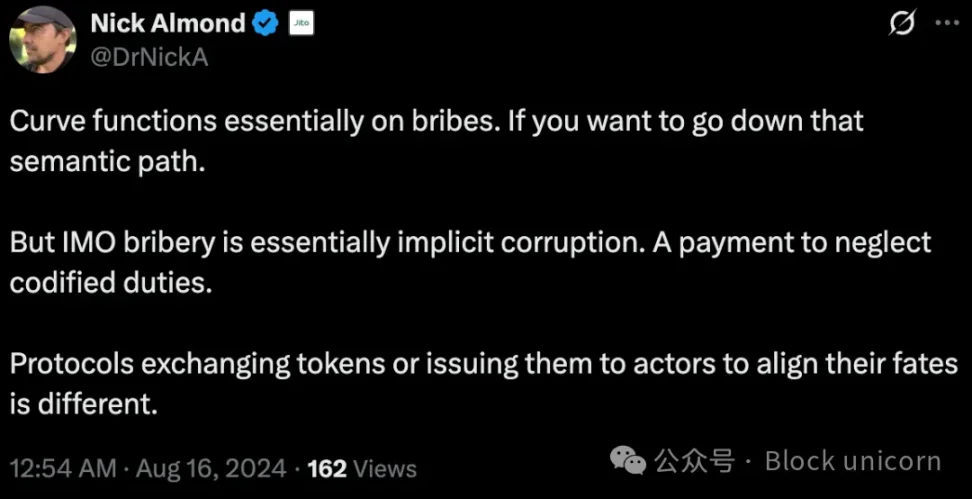
Eigen Labs responded by banning ecosystem projects from airdropping to employees and implementing lock-up periods. But its reputation had already been damaged.
Despite these controversies, EigenLayer remains at the core of Ethereum’s evolution. The protocol has established partnerships with major players such as Google Cloud and Coinbase, the latter serving as a node operator.
Kannan’s vision goes far beyond restaking. “Crypto is our superhighway for coordination,” he says. “Blockchains are engines of commitment. They let you make and keep promises.”
He thinks in terms of quantity, diversity, and verifiability. How many promises can humans make and keep? How diverse can these promises be? How easily can we verify them?
“This is a crazy, century-long project,” Kannan says. “It will upgrade the human species.”
The protocol has launched EigenDA, a data availability system designed to handle the total throughput of all blockchains. The team has introduced subjective governance mechanisms to resolve disputes that cannot be verified solely on-chain.
But Kannan admits the work is far from done. “Unless you can run education and healthcare on-chain, the work isn’t finished. We’re far from done.”
His approach combines top-down vision with bottom-up execution. You need to know where the target mountain is. But you also need to find the slope from where you stand today to get there.
“If you can’t do anything with your long-term vision today, then it’s useless,” he explains.
Verifiable cloud is the next frontier for EigenLayer. Traditional cloud services require trust in Amazon, Google, or Microsoft. Kannan’s version allows anyone to run cloud services—storage, computation, AI inference—and prove cryptographically that they executed correctly. Validators stake on their honesty. Malicious actors lose their stake.
In his 40s, Kannan maintains an adjunct professorship at the University of Washington while running Eigen Labs. He still publishes research and continues to think from the perspective of information theory and distributed systems.
But he is no longer the scholar who couldn’t answer Caltech’s 30-year question. He has now answered it three times—genomics, blockchain, coordination engines. Each answer builds on the lessons of the previous attempt.
The buffalo has been moved. The car has started. The building is beginning to move. Whether he can ultimately move the Earth remains to be seen. But Kannan has learned something many academics never do: the path to solving big problems starts by solving small ones and accumulating chips to tackle bigger challenges.
This is the story of the founder of EigenLayer.
Disclaimer: The content of this article solely reflects the author's opinion and does not represent the platform in any capacity. This article is not intended to serve as a reference for making investment decisions.
You may also like
Zcash Faces Vitalik Buterin’s Challenge: What Lies Ahead?
In Brief Vitalik Buterin warns Zcash against token-based governance. Zcash community is divided over future governance approach. ZEC Coin struggles with market negativity and volatile price movements.

70M$ inflows this week: Bitcoin ETFs rise again

BlackRock Downplays IBIT Outflows as Bitcoin ETF Market Shows Signs of Recovery

